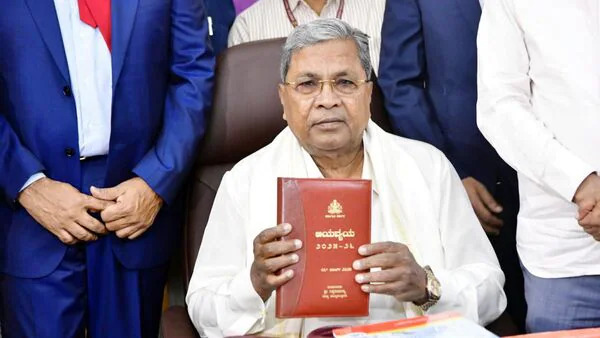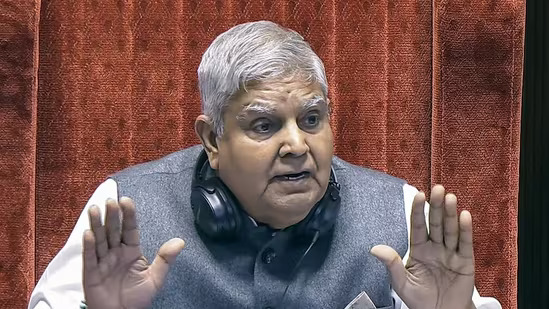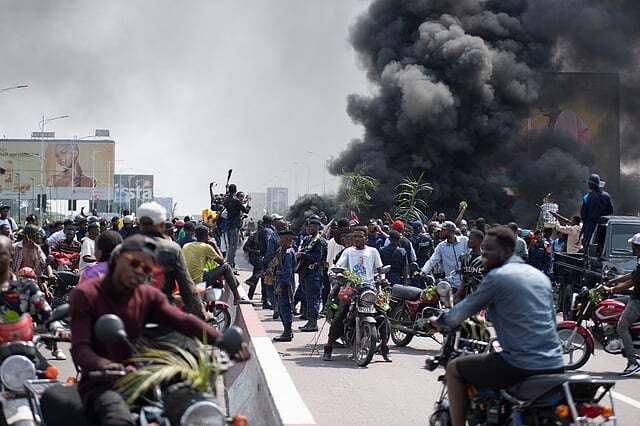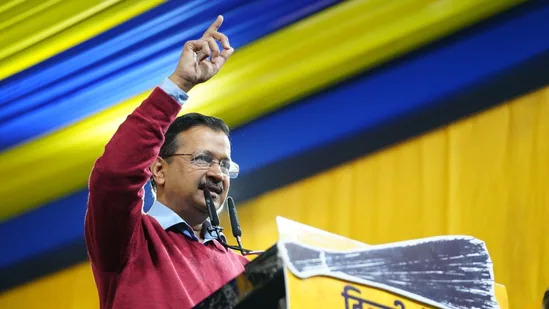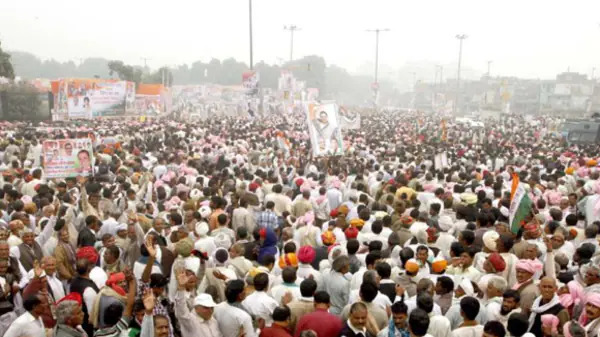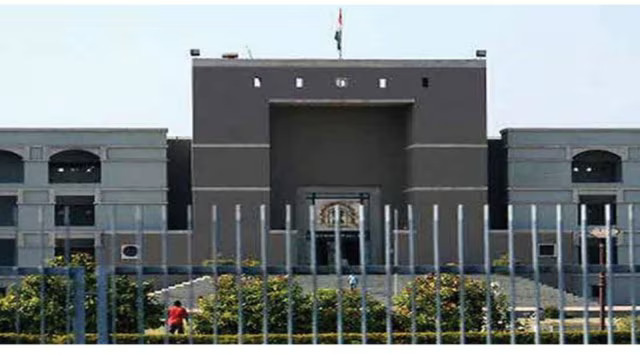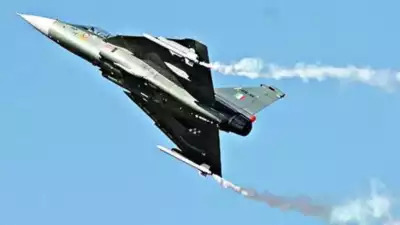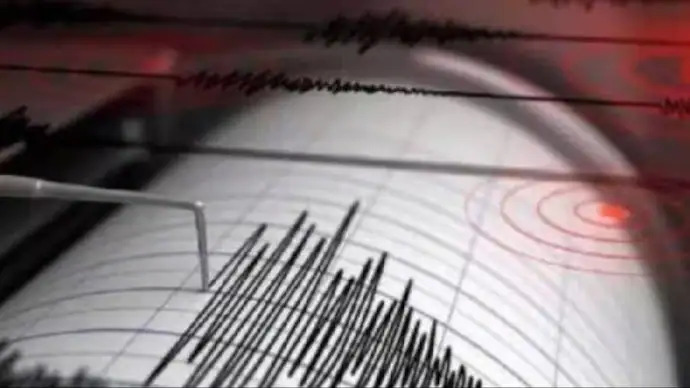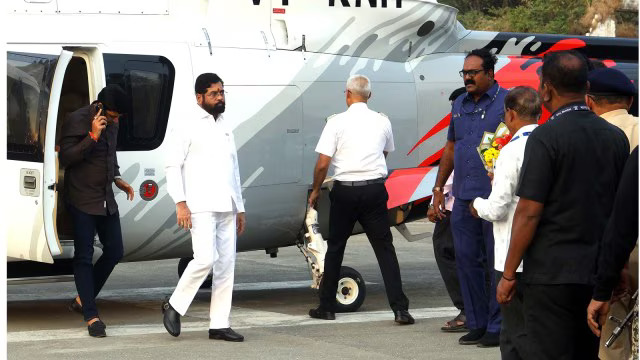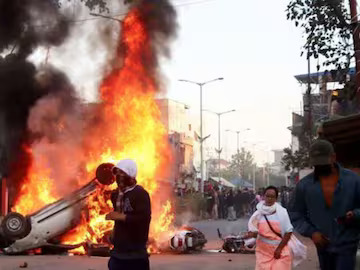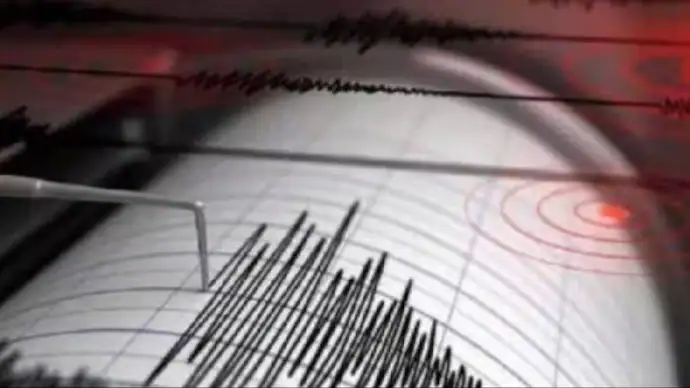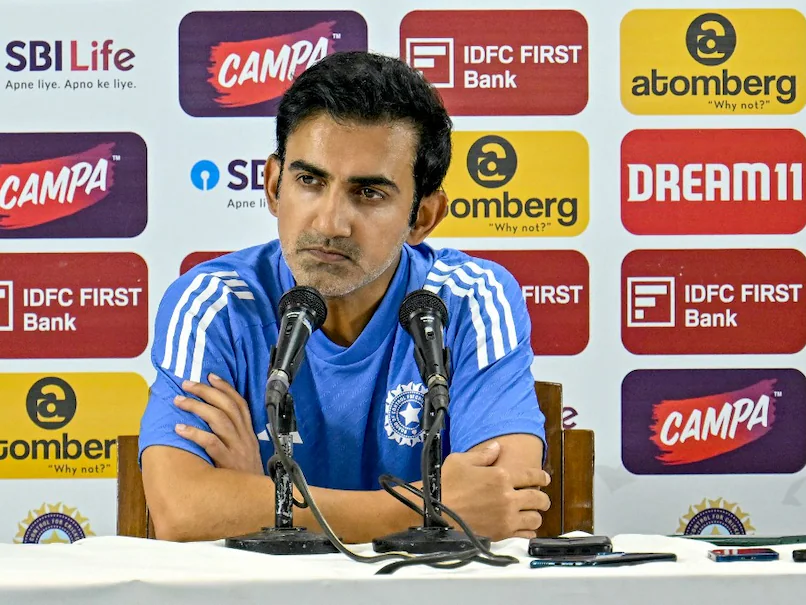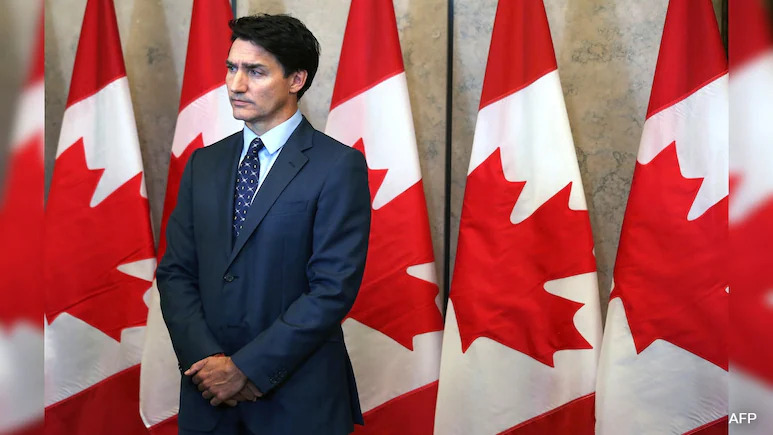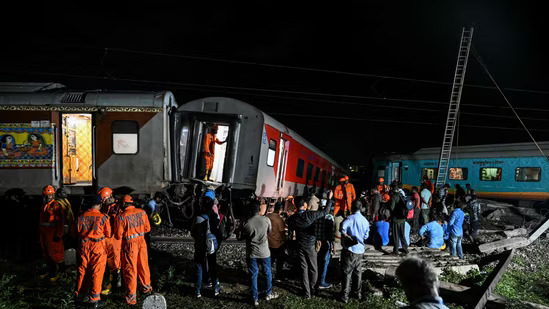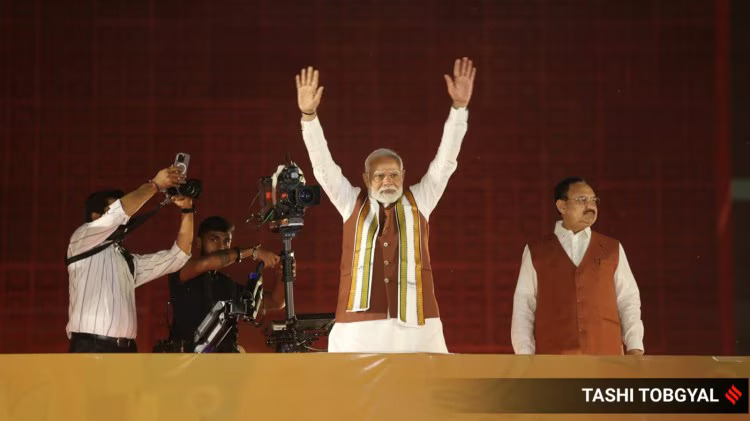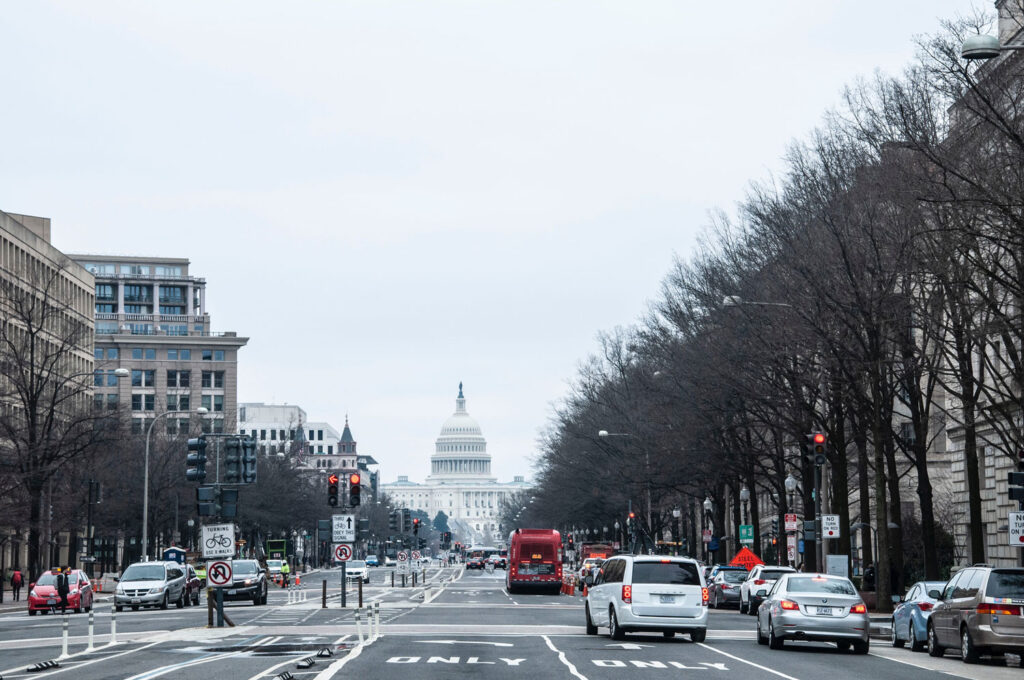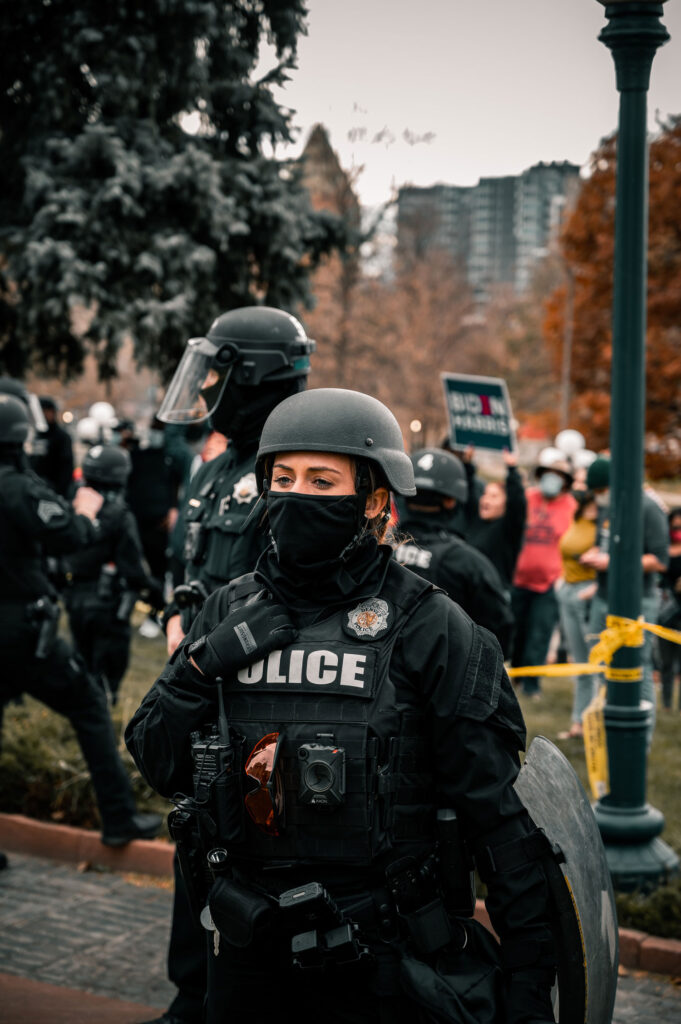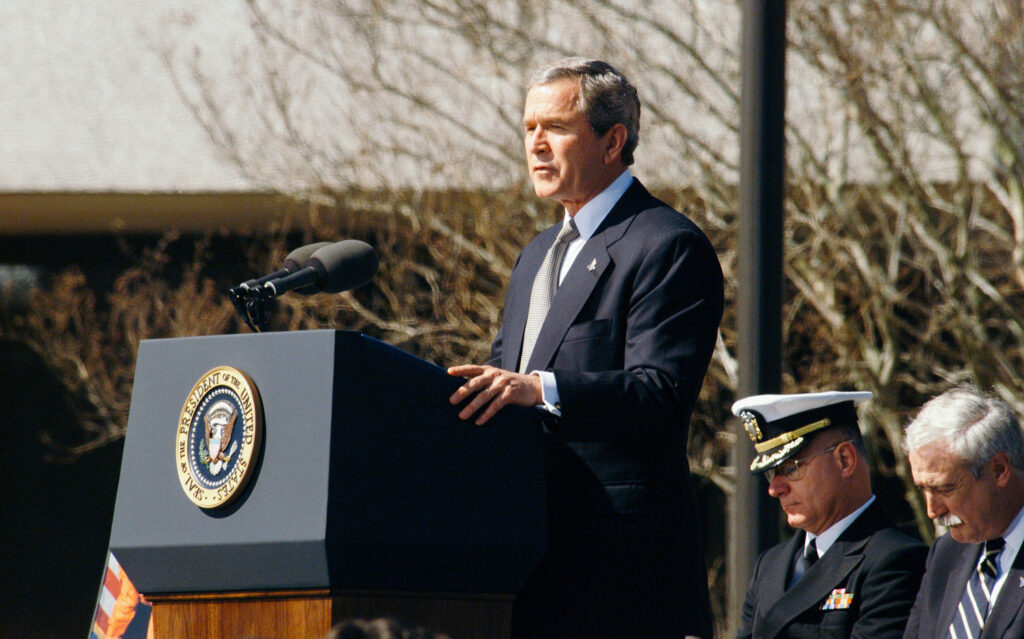Decode Politics: With Centre set to introduce ‘One Nation, One Election’ Bills in Parliament, what’s next

The Ram Nath Kovind Committee, which the Narendra Modi government set up in 2023 to suggest how elections to the Lok Sabha, Assemblies, and municipalities could be held simultaneously, suggested a roadmap in its report in March.

Once “One Nation, One Election” becomes a reality, say in 2029, if the Lok Sabha or a state Assembly gets dissolved before its term of five years because of a loss of majority on the floor of the House, the committee has proposed that fresh elections be held
The Union Cabinet on Thursday approved the introduction of two Bills, one to make the term of the Lok Sabha and state Assemblies simultaneous, and the other to make similar amendments for Delhi and other Union Territory Assemblies.
The Bills, according to sources, are likely to be introduced in the ongoing Winter Session that ends on December 20 and may be sent to a parliamentary committee for further scrutiny.
Disrupted between 1967 and 1971 because of unstable non-Congress governments falling after 1967 and Indira Gandhi advancing the Lok Sabha elections from 1972 to 1971, the plan for simultaneous elections requires a roadmap to surmount the problem of what happens if a government loses majority
What roadmap for simultaneous elections did the Kovind committee suggest?
The Ram Nath Kovind Committee that the Narendra Modi government set up in 2023 to suggest how elections to the Lok Sabha, Assemblies, and municipalities could be held simultaneously suggested one possible roadmap in its report in March
The panel recommended simultaneous polls for the Lok Sabha and state Assemblies as the first step followed by synchronised local body polls within 100 days. This requires constitutional amendments. But, as a first step, once Parliament approves holding the Lok Sabha and state elections together, ratification by states will not be required for the amendments.
The second step of synchronising elections to the municipalities and panchayats — done in a way that the local body elections are held within 100 days of the Lok Sabha and Assembly polls — will require ratification by not less than one-half of the states.
What Constitutional amendments are required?
To make sure that simultaneous polls do not run afoul of the Constitution, the Kovind committee has recommended amendments to Article 83 that deals with the duration of the Lok Sabha, and Article 172 that deals with the duration of a state Assembly. This is likely to follow a Presidential notification.
If the amendments fail to get parliamentary approval, the notification will become null and void. If the amendments are adopted, simultaneous polls will become a reality and the terms of most state governments will get truncated during the transition.
Once “One Nation, One Election” becomes a reality, say in 2029, if the Lok Sabha or a state Assembly gets dissolved before its term of five years because of a loss of majority on the floor of the House, the committee has proposed that fresh elections be held. These will be “midterm elections” and the new government will last only for the remainder of the full term of the Lok Sabha and its term will be called “unexpired term”.
If the Modi government decides to kickstart the process in 2034, the President will issue a notification on the day of the first sitting of the next Lok Sabha, as per the Kovind scheme, and the rest will be identical to what is discussed above, with truncated Assemblies between 2029 and 2034.
Will it lead to truncated terms for some state governments?
If simultaneous elections come into effect in 2029, the process has to start now. After the constitutional provisions on the duration of the Lok Sabha and Assemblies are amended by Parliament, many state Assemblies will have to be dissolved in 2029 much before the end of their five-year term to facilitate simultaneous elections
While the Kovid panel has left it to the Centre to decide when it can be ready for simultaneous polls, this is the roadmap it has suggested. The 10 states that got new governments last year will hold elections again in 2028 and the new governments will be in power for about a year or less. These states are Himachal Pradesh, Meghalaya, Nagaland, Tripura, Karnataka, Telangana, Mizoram, Madhya Pradesh, Chhattisgarh, and Rajasthan. Uttar Pradesh, Punjab, and Gujarat, even if they deliver clear majorities to a party, will have governments that last two years or less as they are scheduled to go to polls in 2027.
West Bengal, Tamil Nadu, Assam, and Kerala will have governments that will last three years as they are scheduled to go to polls in 2026. Only Arunachal Pradesh, Sikkim, Odisha, Andhra Pradesh, Maharashtra, Haryana, and Jharkhand that went to polls this year can have the same government for about five years.
Will it ease the burden of frequent polls, if approved?
Not necessarily. Governments can still fall at the Centre or in the states, fresh elections are held, and fresh governments with truncated terms can be voted to power in “midterm” elections. But the transition to simultaneous polls may disincentivise no-confidence motions after perhaps two or three years of a government.
How many parties supported or opposed the move before the Kovind panel?
Of the 47 parties that submitted their opinion on the matter, 32 supported the idea and 15 opposed it. NDA ally Telugu Desam Party, which did not give its opinion to the panel, has told The Indian Express it supports the move in principle

 English
English 





















